CITY SPOTLIGHT: A Close Look At Mosta’s Cultural, Culinary And Natural Heritage
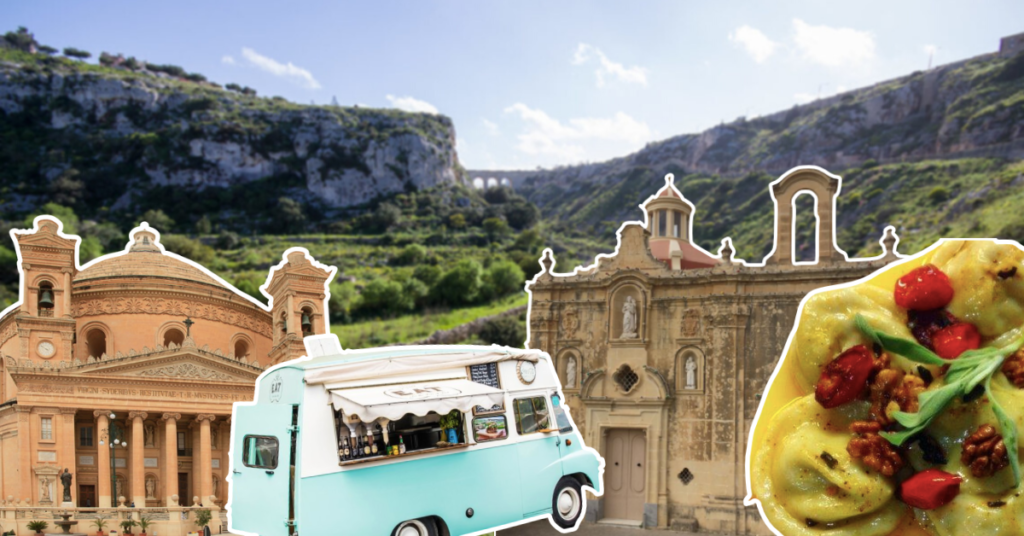
Mosta’s home to some prehistoric artefacts, mouthwatering food, and refreshing green sights – and yet, we often disregard it as ‘just another residential hub’. Dotted with areas of interest for both tourists and locals alike, this Maltese town is practically begging to receive the credit it deserves.
From a locally-renowned feast to a couple of lesser-known nature trails, we took it upon ourselves to list down some of the key factors that make Mosta the unsung gem that it is. Here we go!
The History
Hosting over 20,000 Mostin, this town is presently one of Malta’s most densely-populated towns – and it’s been inhabited since the pre-history.
Mosta’s rich history is perfectly exemplified in its cultural artefacts. For starters, one can find a number of prehistoric dolmens in the Santa Margarita area. Whilst it is not yet clear what the purpose of the dolmen was, it is thought that they date back to the Bronze Age.
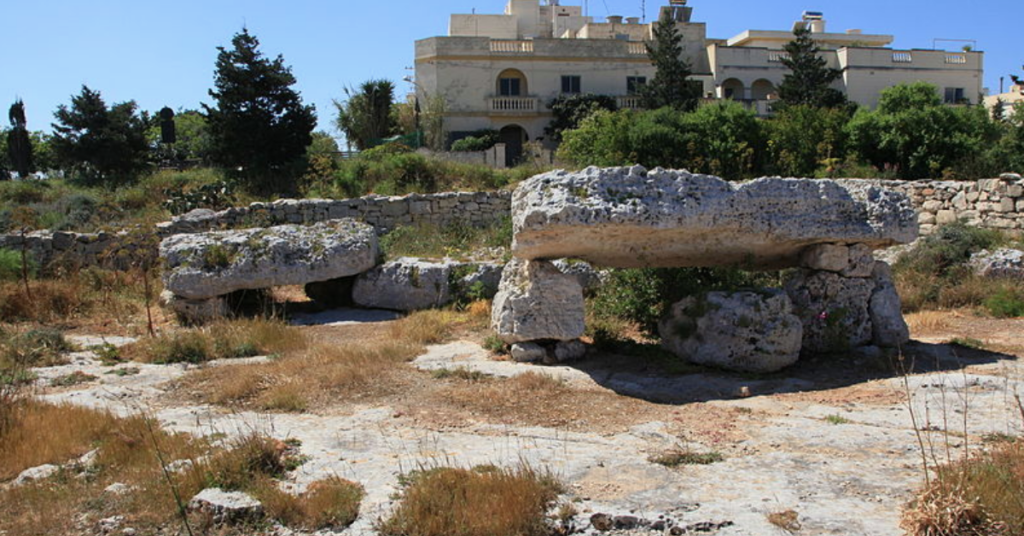
This town is also home to the Ta’ Bistra catacomb complex, dating all the way back to the 4th century. Situated in the area known as Il-Besbiżija, these catacombs were discovered in 1871, and are made up of a large number of burial chambers dug out of rock. The catacombs also served as shelters during the second world war, with many finding a safe haven in them when air raids struck.
Not only is Mosta’s Speranza Chapel a wonderful piece of 18th-century architecture, but it’s also tied to a magic Maltese legend.
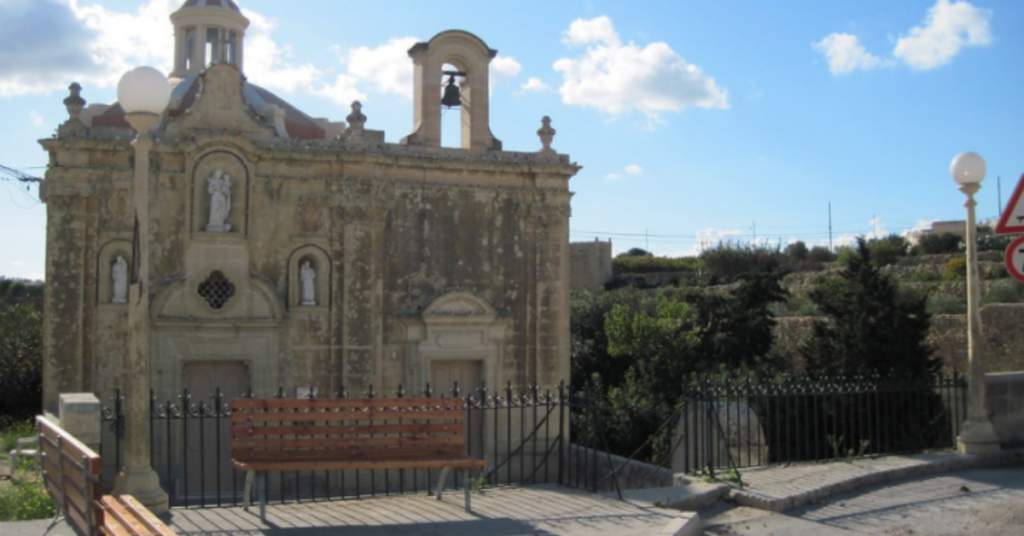
Credits: Voyageur Du Monde, flickr.com
It is believed that in the 1700s, during a Turkish invasion, a young girl with a limp could not run fast enough to escape the invaders and found refuge in the cave underneath the chapel. Whilst she was there, she prayed to Holy Mary, promising that if she were saved, she would build a chapel dedicated to her. When the invaders got to the chapel, they didn’t even bother looking for her in the cave, as there was an intact web at its entrance.
The Feast
Mosta celebrates The Feast of the Assumption of Our Lady – better known as Santa Marija – on 15th August.
From a religious standpoint, this day commemorates the Virgin Mary’s ascension to heaven, however, it also pays tribute to an intrinsic part of the islands’ history.
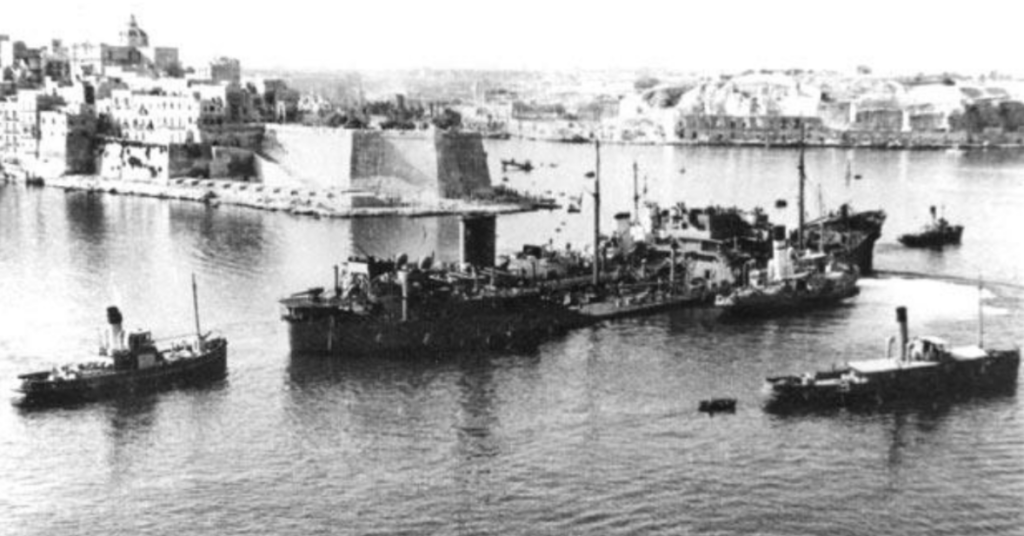
Credits: maltawinds.com
Back in August 1942, Malta was on the brink of succumbing to the Axis powers, with Malta’s food supply being dangerously low. However, on the 15th of that same month, a British convoy carrying some vital supplies bravely broke through heavy Axis defences, docking at Valletta at 9.30am.
The feast of Santa Marija is celebrated in another six localities across Malta and Gozo – Għaxaq, Gudja, Attard, Mqabba, Qrendi, and Victoria – and over 40 countries around the world.
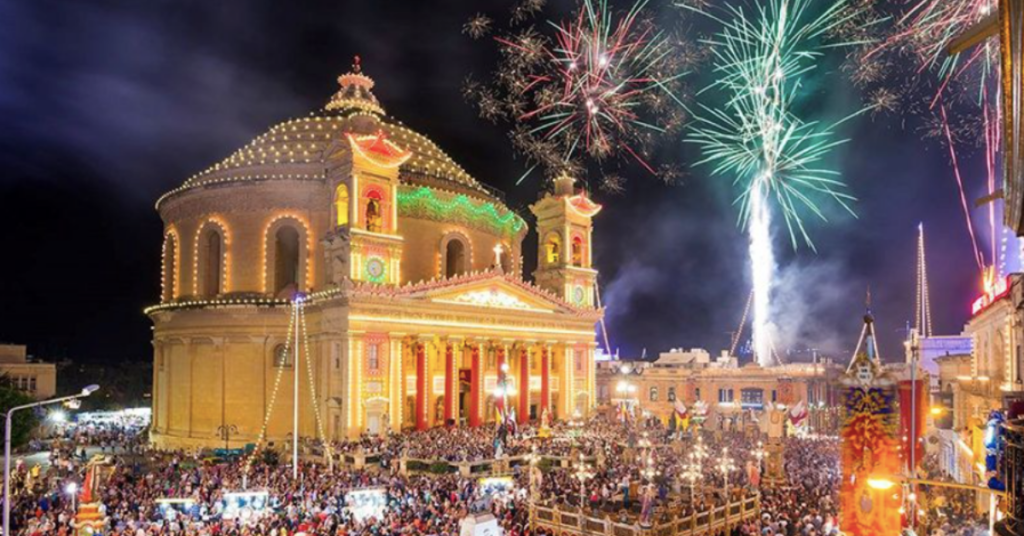
Credits: airmalta.com
Nowadays, 15th August sees Mosta’s iconic Rotunda – which also happens to be the third-largest unsupported dome in the world – host a flurry of bombastic religious celebrations as locals and tourists alike flood to the village square to experience one of the most iconic feasts in Malta.
The Food
This lesser-known cultural hub is home to a surprisingly wide variety of restaurants offering an even wider range of cuisines.
Ta’ Marija at Constitution Street serves up some delicious traditional dishes; we’re talking horsemeat, ġbejniet, and everything in between. Apart from that, this place also hosts its very own folklore nights, making it the perfect place for any tourists looking to get acquainted with Maltese traditions.
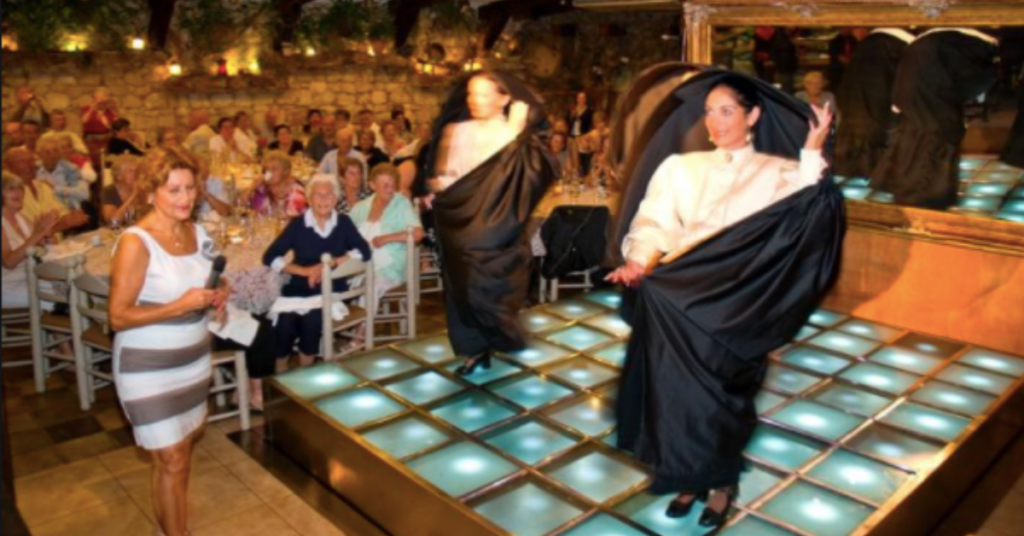
Credits: myguidemalta.com
The Lord Nelson Restaurant is a widely renowned fine-dining restaurant in the heart of Mosta. Opening its doors as a wine bar way back in the 1960s, this iconic Maltese restaurant has been serving up top-notch cuisine since 1996.
For something on the cheaper side, make sure to check out EAT and Olympic Bar. EAT is hands down one of Malta’s best-known food trucks, with a meaty menu offering anything from a classic Philly Cheese Steak to a downright decadent Smoked Whiskey Burger.

Olympic Bar, better known amongst locals as Xufi, has an insane variety of dishes at crazy-cheap prices. Whether you’re looking to get your hands on a light snack, a plate of pasta, or some Maltese pastries, head down to Xufi and you’ll be feeling like a Most in no time.
The Trails
Mosta might be pretty densely populated, but it still has its fair share of countryside and nature trails.
Mosta’s Wied il-Għasel is home to a plethora of endemic plants, pools, and streams, making it the perfect location for a brisk Sunday walk. According to folklore, bees residing in the valley’s cracks produced so much honey that it trickled out all along the valley.
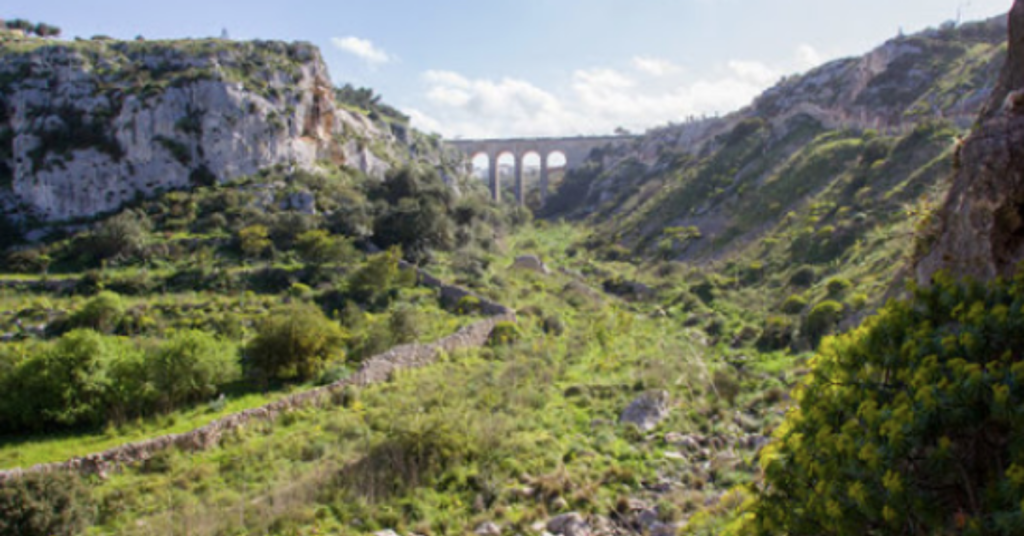
Credits: mymalta.guide
But this place isn’t just about natural heritage; Wied il-Għasel also hosts the chapel of St Paul the Hermit, which is thought to have been built way back in the 16th century. Legend has it that inquisitor Pietro Dusina visited the chapel in 1575, during his apostolic visit to Malta.
Wied Għajn Riħana spans over three different localities – Mġarr, Mosta, and St Paul’s Bay. Only last year, a €1.1 million rehabilitation initiative saw the planting of 1,600 indigenous trees in the valley in a bid to replace invasive species that were slowly taking over.
Water is present at the valley from winter until late July, making it the perfect sight for some spring birdwatching.
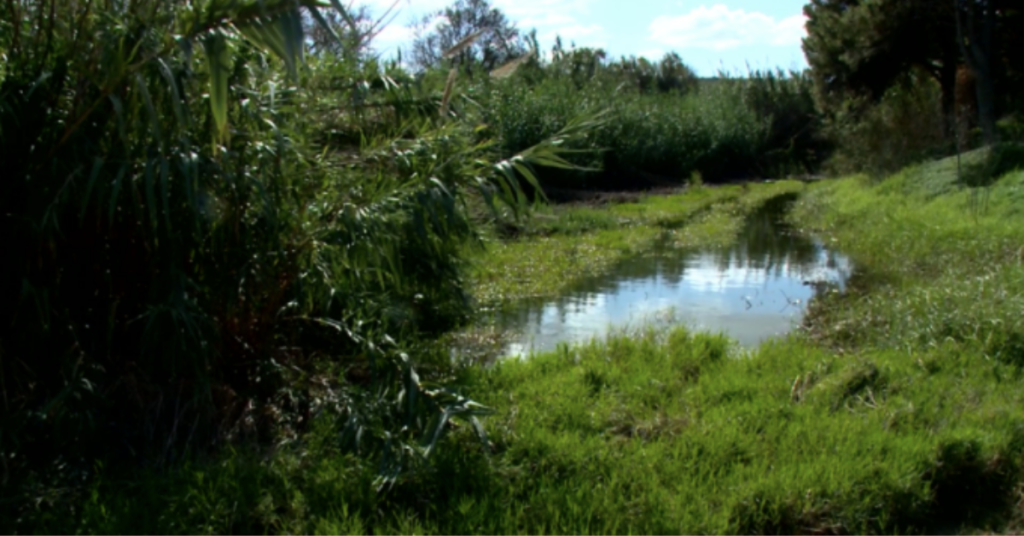
Credits: TVM
Built by the British in the late 19th century, the Victoria Lines fortifications span 12 kilometres along the width of Malta. Whilst presently, the fortifications aren’t exactly useful to the country’s military, a walk along the Victoria Lines will get to show you some of Mosta’s best green spots.